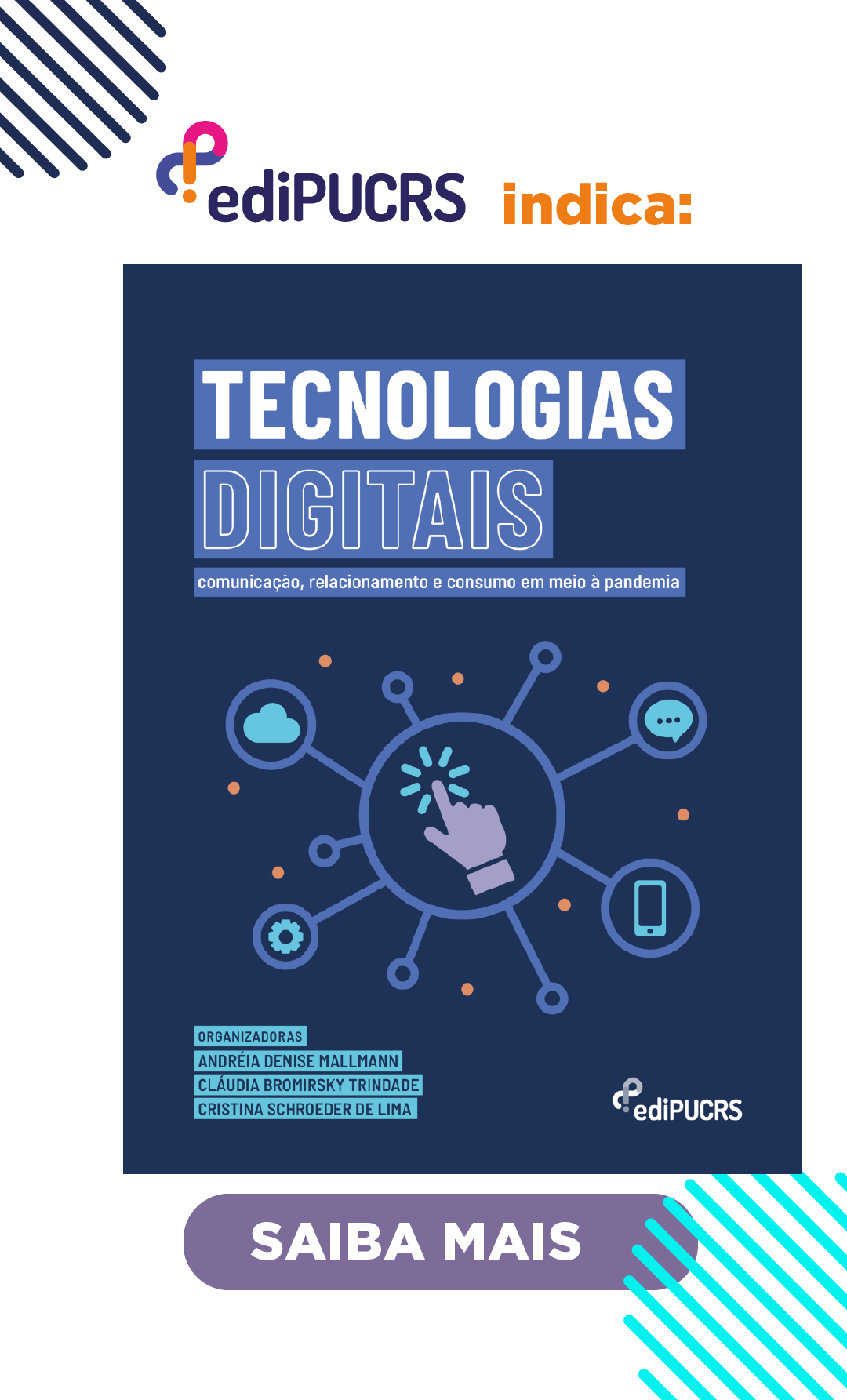Exploring the notion of presence in remocollaborative learning environments
DOI:
https://doi.org/10.15448/1980-3729.2004.24.3268Keywords:
Learning environments, Communication dynamics, Collaborative mediaAbstract
In this paper we discuss issues related to communication and social dynamics characterizing remote collaboration between distant communities. These observations emerge from ethno-graphic researches conducted in collaborative workshop involving MIT -Massachusetts Institute of Technology students with other universities or private companies. The focus of the paper is the notion of presence. This notion is analyzed through three different related aspects: the presence of information, the presence of communication tools and, finally, the presence of people. These analysis give indications on how better design space for learning and remote collaboration using interactive multimedia communication tools.
Downloads
References
BASTIDE, Roger. Mémoire collective et sociologie du bricolagem. L’Année sociologique, n. 21, 1970.
DE CERTEAU, Michel. L’invention du quotidien. Paris: Éditions Gallimard, 1990.
DE KERCKHOVE, Derrick. Connected Intelligence: The Arrival of the Web Society. Canada: Somerville House Books, 1997.
HEIDEGGER, Martin. The question concerning technology and other essas. New York: Harper and Row, 1977.
JAKOBSON, Roman. Closing statement; Linguistics and Poetics. In: SEBEOK, Thomas A. Style in Language. MA: MIT Press, 1960. p. 350 - 377.
LÉVY, Pierre, The collective intelligence: Mankind’s emerging world in cyberspace. New York: Plenum Trade, 1997.
MAFFESOLI, Michel. Aux creux des apparences: Pour une éthique de l’esthétique. Paris: Plon, 1990.
MALINOWSKI, B. The problem of meaning in primitive languages. In: OGDEN, C. K.; RICHARDS, A. The Meaning of Meaning. USA: Harvest Book, USA, 1923, p. 296 - 336.
MEYROWITZ, Joshua. No sense of place. New York: Oxford University Press, 1985.
MITCHELL, William J. E-Topia. Cambridge: MIT Press, 1999.
______. Beyond productivity. Innovation technology, Innovation and creativity. Washington: The National Academic Press, 2003.
MORIN Edgar, Les sept saviors nécessaires à l éducation du futur. Paris: Ed. Du Seuil, 1999.
______. La méthode. La nature de la nature. Tome 1. Paris: Ed. Du Seuil, 1977.
RESNICK, Mitchell. Rethinking learning at the digital age. In: KIRKMAN, G. Global Information Technology Readiness Report 2001-2002. USA: University Press, 2002.
Downloads
Published
How to Cite
Issue
Section
License
Derechos de Autor
La sumisión de originales para la Revista Famecos implica la transferencia, por los autores, de los derechos de publicación. El copyright de los artículos de esta revista es el autor, junto con los derechos de la revista a la primera publicación. Los autores sólo podrán utilizar los mismos resultados en otras publicaciones indicando claramente a Revista Famecos como el medio de la publicación original.
Creative Commons License
Excepto donde especificado de modo diferente, se aplican a la materia publicada en este periódico los términos de una licencia Creative Commons Atribución 4.0 Internacional, que permite el uso irrestricto, la distribución y la reproducción en cualquier medio siempre y cuando la publicación original sea correctamente citada.






